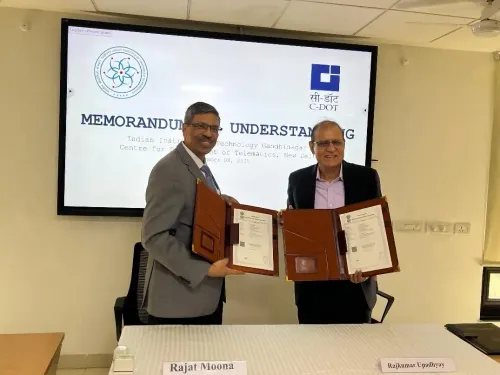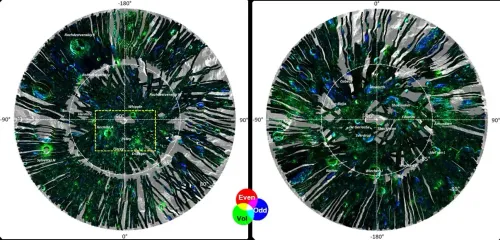Is Rural Consumption Surpassing Urban Demand? GDP Growth Projected at 6.8% for FY26

Synopsis
Key Takeaways
- Rural consumption outpaces urban demand.
- Factors include income guarantees and favorable rainfall.
- Projected GDP growth at 6.8%.
- Urban recovery noted post-GST reforms.
- Rural demand expected to continue rising.
New Delhi, Nov 8 (NationPress) Rural consumption is consistently outperforming urban demand within the nation, even in light of income tax reductions and GST 2.0 reforms intended to enhance urban spending, according to a report released on Saturday.
The analysis by Motilal Oswal Financial Services Limited (MOFSL) highlights that the strength of rural consumption can be attributed to income guarantee programs, improved rainfall conditions, NBFC-driven credit expansion, reduced input costs, and stable minimum support prices (MSPs).
MOFSL's baseline projection anticipates that real GDP growth will reach 6.8 percent for FY26, with a potential 20–30 basis-point increase should tariff uncertainties be resolved, alongside a nominal GDP growth forecast of 9 percent.
While urban consumption has rebounded following the introduction of GST reforms and from Q3FY25, rural consumption continues to lead.
The brokerage noted that rural consumption has been on a solid upward trajectory since H2FY25, with a significant boost in Q2FY26 (a 7.7 percent year-on-year increase) marking its peak in 17 quarters.
"This growth is driven by strong increases in real agricultural and non-agricultural wages, heightened tractor and fertilizer sales, and vigorous farm credit. Favorable rainfall patterns and reservoir levels have enhanced sowing activities, while lower input costs and consistent MSP procurement have bolstered farm incomes," the firm pointed out.
In terms of rural expenditure, the report revealed that the high-frequency data from October—comprising E-way bills, petrol consumption, mall footfall, and PMI metrics—was largely positive in the first full month following the implementation of GST 2.0.
Urban spending has remained lackluster throughout Q2 FY26 but showed improvement post-GST reforms during the festive season, with jewelry demand remaining resilient in October despite elevated gold prices.
"Rural demand is projected to maintain a consistent upward trend, supported by increasing real wages. Promising rabi prospects, along with lower rural inflation, should facilitate the continued enhancement of consumption," the report emphasized.









